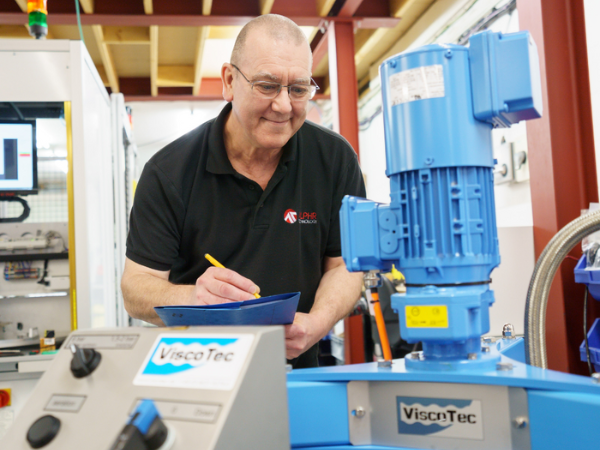In the automotive industry, where electronic control modules (ECMs) are vital to vehicle safety and performance, ensuring a hermetic seal is necessary. ECMs face harsh environmental conditions—moisture, dust, and corrosive agents can easily damage the sensitive electronics inside. To guarantee the reliability of these components, manufacturers are increasingly turning to automated sealing solutions that enhance precision, efficiency, and quality control. At ALPHR Technology, we specialise in delivering automation technologies designed to meet the evolving demands of industries like automotive, where precision is paramount.
The challenge for manufacturers lies in achieving a hermetic seal that can protect ECMs over their operational lifespan without slowing down production. Traditional methods often fall short in two key areas: maintaining precision in sealant application and implementing leak detection systems that can catch even the smallest breaches. Addressing these gaps is essential not just for product reliability but also for maintaining production efficiency and cost control.
Precision Sealing for Complex Geometries
The complexity of ECM housings presents unique challenges for sealant application. With irregular shapes and tight spaces, consistent application can be difficult to achieve manually. Even small variations in sealant thickness or coverage can lead to leaks, compromising the integrity of the module. Automating this process ensures that sealant is applied uniformly across the entire surface, regardless of shape or size.
One of the most effective technologies in this regard is robotic precision dispensing. Automated systems equipped with programmable sealant nozzles can adapt to varying shapes and geometries, applying the correct amount of material in every instance. Flow rates and nozzle speed are dynamically adjusted in real-time, ensuring optimal consistency. This is especially important when using advanced materials like silicone-based sealants, which require precision to cure correctly and form an airtight bond.
Automating this process doesn’t just improve accuracy; it also boosts efficiency. Because robotic systems work at a consistent pace, production lines can maintain or even increase throughput without sacrificing quality. In fact, the reduction of human error in sealant application often leads to fewer defects, cutting down on reworks and scrap materials, which translates to cost savings.
Advanced Leak Detection
Once the ECM is sealed, testing the integrity of the seal is just as essential as its application. A small leak can render the entire module ineffective, leading to failures in the field and potentially costly warranty claims. Traditional leak detection methods can be time-consuming and may not always catch microscopic breaches. This is where automation can take quality control to the next level.
For instance, a dual-stage leak testing system combines pressure decay testing with helium mass spectrometry to detect leaks. In the pressure decay test, the ECM is pressurised, and any drop in internal pressure signals a potential leak. This method is effective for identifying larger breaches, but to ensure complete reliability, it’s combined with helium mass spectrometry, which is sensitive enough to detect even the smallest leak. ECMs are placed in a helium-filled chamber, and a mass spectrometer detects any trace amounts of helium that might have entered the unit, ensuring the highest levels of leak detection accuracy.
Automating this process not only increases the sensitivity and reliability of the testing but also integrates it seamlessly into the production line. Units that pass proceed to the next stage, while those that fail are flagged for rework or rejection. By capturing detailed data at every step, manufacturers can continuously refine their processes, improving both product quality and efficiency over time.
Boosting Productivity with Automation
By integrating automated sealing and leak detection into their production lines, manufacturers of ECMs can achieve significant gains in productivity and quality. Automating these processes reduces manual intervention, speeds up production, and minimises downtime caused by defects or rework. The real-time monitoring capabilities of automated systems also enable quick adjustments, ensuring consistency in every batch produced.
Additionally, the cost savings associated with automation are substantial. By reducing material waste through more precise sealant application and cutting down on rework due to fewer defects, manufacturers can see a return on investment in a relatively short period. The decrease in warranty claims and product failures further enhances the financial benefits of adopting advanced automated sealing technologies.
Achieving ECM Reliability
For manufacturers looking to ensure the highest level of reliability in ECM production, automating hermetic seals offers a clear path forward. ALPHR’s expertise in advanced dispensing and leak testing technologies provides the tools necessary to enhance product quality, boost production efficiency, and reduce operational costs. By adopting these advanced solutions, manufacturers can not only meet the stringent demands of today’s automotive industry but also set the stage for long-term success.


